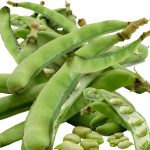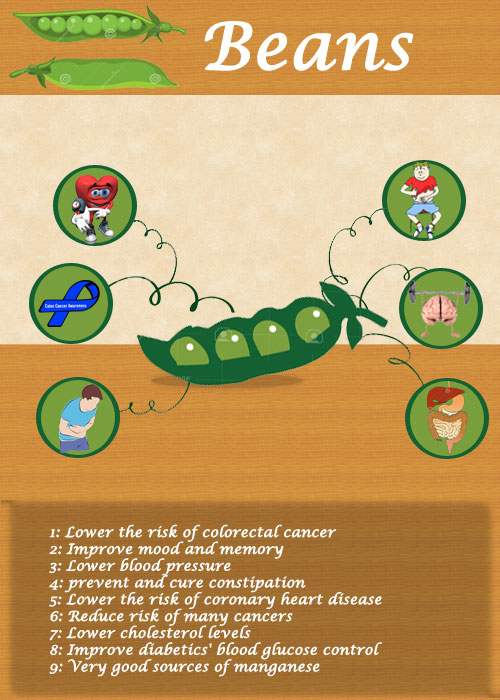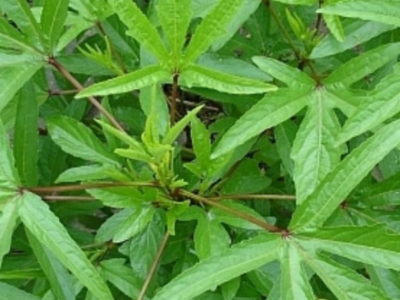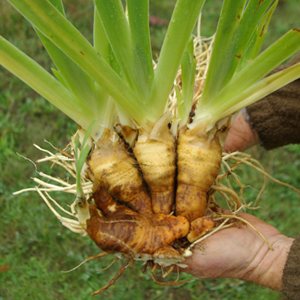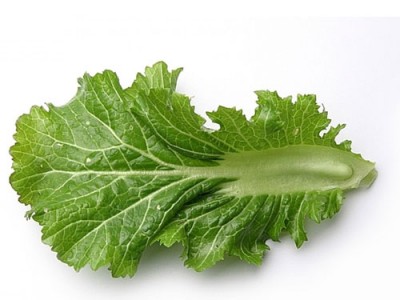
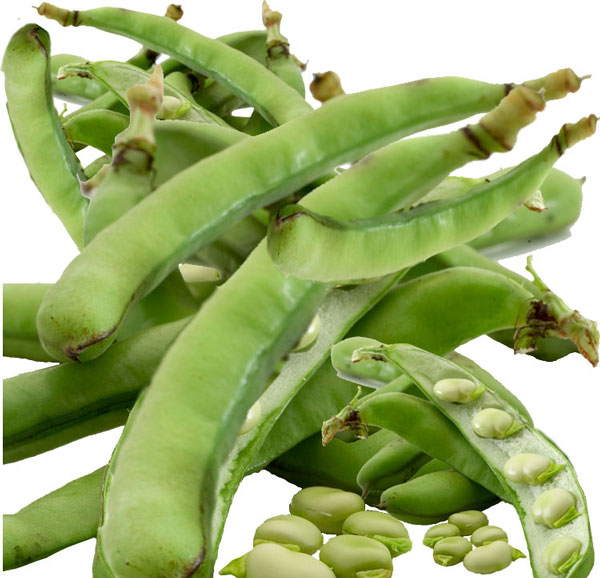
Health Properties and Nutrition Guide | Beans
About Beans
One of the longest cultivated plants is scientifically known as Phaseolus Vulgaris. It is often confused with pea but unlike them beans needs a warm temperature to grow and hence making it a summer crop. The oldest domesticated beans were first sighted in Guitarrero Cave which is in Peru, U.S.A. Beans are heliotropic in nature, has this unique trait where the leaves face the sun during the day and closing themselves into sleep in the night. These beans when dried fall into the pulses category known as dry beans. Burma is the world leader in production of dry beans with an estimate production of 3800000 tonnes produced in a year followed by India and Brazil. There is a plethora of bean varieties to choose from with 40,000 on the count of world gene bank out of which only a fraction qualifies to the consumption level.
Beans Nutrition Facts
- The beans are very rich source of dietary fiber (9% per 100g RDA) which acts as a bulk laxative.
- Fiber helps to protect mucosa in the colon by decreasing its exposure time to toxic substances as well as by binding to cancer-causing chemicals in the gut.
- Adequate amount of fiber has also been shown to Reduce Blood Cholesterol Levels by decreasing re absorption of cholesterol-binding bile acids in the colon.
Health Benefits of Beans
- Lower the risk of colorectal cancer.
- Decrease the risk of colorectal adenomas (polyps).
- Lower their risk of getting type 2 diabetes.
- Improve mood and memory.
- Lower cholesterol levels.
- Improve diabetics blood glucose control.
- Reduce risk of many cancers.
- Lower blood pressure.
- Regulate functions of the colon.
- Prevent and cure constipation.
- Prevent piles and other bowel problems.
- Lower the risk of coronary heart disease.
| Principle | Nutrient Value | Percentage of RDA |
|---|---|---|
| Energy | 31 Kcal | 1.5% |
| Carbohydrates | 7.13 g | 5.5% |
| Protein | 1.82 g | 3% |
| Total Fat | 0.34 g | 1% |
| Cholesterol | 0 mg | 0% |
| Dietary Fiber | 3.4 g | 9% |
| Vitamins | ||
| Folates | 37 µg | 9% |
| Niacin | 0.752 mg | 5% |
| Pantothenic acid | 0.094 mg | 2% |
| Pyridoxine | 0.074 mg | 5.5% |
| Riboflavin | 0.105 mg | 8% |
| Thiamin | 0.084 mg | 7% |
| Vitamin A | 690 IU | 23% |
| Vitamin C | 16.3 mg | 27% |
| Vitamin K | 14.4 µg | 12% |
| Electrolytes | ||
| Sodium | 6 mg | 0.4% |
| Potassium | 209 mg | 5.5% |
| Minerals | ||
| Calcium | 37 mg | 3.7% |
| Iron | 1.04 mg | 13% |
| Magnesium | 25 mg | 6% |
| Manganese | 0.214 mg | 9% |
| Phosphorus | 38 mg | 6% |
| Zinc | 0.24 mg | 2% |
| Phyto-nutrients | ||
| Carotene-ß | 379 µg | — |
| Carotene-a | 69 µg | — |
| Lutein-zeaxanthin | 640 µg | — |
The substitute to meat and a messiah for the vegetarians is here. Beans are a good source of proteins and dietary fibre they don’t just help in keeping your weight under control but also aids in preventing diseases that are life risking. Diseases caused such as cancer, diabetes or chronic heart diseases have something in common. They are all directly or indirectly caused by obesity or being overweight. Beans helps you keep your weight under check and help you control your increasing waist line. It is recommended by my doctors and dietician to add 2 – 3 cups of beans in their diet per week. It is as found out from a recent study that bean eaters weigh 7 pounds lesser when compared to non bean eating counterparts. Green beans contain high levels of Vitamin A and Zea–Xanthin an important dietary fibre what prevents the body from age related muscular diseases. In adition to the mentioned above beans also is a good source of minerals like iron, calcium, magnesium, manganese, potassium and folate to mention a few. Fresh green beans are also known as lean vegetable as it has very low calorie content, as low as 31 calories for 100 grams of beans. It has no saturated fat and is rich in micronutrients extracted from plants.
How To Enjoy Beans
In order to consume beans in its best form it is recommended to boil them or steam them for an approximate of 5 minutes as it will bring out the flavours of the vegetable and also retain its phytonutrients, vitamins and minerals of this vegetable. Green beans are used to make many delicacies throughout the world and every region has its own way of preparing it. In India the southern regions use beans to make pooriyal a side dish often eaten with rice. The French like their beans in a cold salad with tuna and potatoes, beans sauté with shiitake mushrooms is one of the dishes highly favoured by diet conscious vegetarians.
There is no doubt about the fact that beans is a house of nutrients but it is also known for its side effects of creating gastric problems. This can be dealt by taking the following measures: discard the water in which beans were soaked in prior as it will help in getting rid of 80% of substance that causes flatulence. Do not eat beans too often, let the body adapt and adjust to the intake and limit it to only 2-3 cups a week. Too much of anything can make you sick, so eating the right food in right proportion is the secret to a healthy diet.

